Unification of Russia and Europe via oriental medicine clinics project
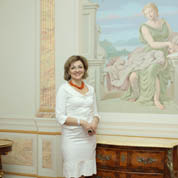
““A person is ill not when he is sick, but sick when he is ill.” This is the way OM views human health,” Fatima Zakharova — the CEO of Argo company, who is also the author and chief coordinator of the Oriental Medicine Center project, which envisages the creation of a chain of oriental medical centers in Europe — told TRCW in a recent interview. “Specifically, this project envisages setting up several oriental medical centers under the Harmony brand in Russia, Switzerland and France.”
This project, according to Zakharova, will revolutionize people’s lives in general and their relationship to their own health in particular. It will stimulate them not only to better understand the vital processes taking place in their organisms, but also the methods of controlling those processes, and if necessary, correcting these ailments via OM. This is because OM explains the essence of all the processes taking place in an organism in such a way that people fully understand what is going on in their organisms, thus arming them with the necessary knowledge for complete recovery from illness. For instance, this is how OM explains the origin of illness: “When a person’s immune system is weakened and compromised and reserves exhausted, then lots of negative factors are activated. Such chain of events leads to illness. The causes could be any conditions that create tensions in human organism that it cannot cope with. These can be harmful substances or such climatic factors as warmth, humidity, cold, etc.”
“This project will revolutionize people’s lives in general and their relationship to their own health in particular.”
Zaharova said OM is based on China’s great medical heritage that promotes the idea of prevention of diseases long before their clinical manifestations, thus underscoring the concept, which says, “A patient needs to be treated long before he actually falls ill.” The basic principle of oriental medicine treatment is the elimination of the origin of illness, taking into consideration such features as individual’s susceptibility, nationality, physique, geographical location, season and other factors that influence him/her. “The maintenance of order, rather than rectification of disorder, is the highest principle of wisdom. This is because treating a full-blown disease is tantamount to digging a well when one had already become thirsty or to start creating weapons after a war had already started,” Zakharova noted, citing the founders of Chinese OM.
Project’s essence, budget and recoupment period
The proposed concept of the OM Centers project, which is slated to kick-off in September 2011, envisages the provision of services in four main areas. The first is body treatment, which includes diagnostics and treatment of illnesses based on Tibetan medicine, such as pressure point massage, acupuncture, stone therapy, vacuum therapy, hirudotherapy, herbal therapy. Others include breathing exercises, yoga, pranayama, etc.
The second is body healing, and it includes relaxation techniques such as Ayurvedic massage, SPA therapy, etc. The third is soul treatment, which includes spiritual exercise, consultations with psychologists, holding seminars, etc. The fourth is health-improving tourism, which means the organizations of tours to famous OM centers in Tibet, India, America, Australia, Russia (Buryat Republic), tour seminars in spiritual centers, special tours to so-called “places of power,” etc.
Zakharova said preparatory works are currently going on at full steam, aimed at obtaining all the necessary licensing and official legal registration documents as well as getting a ‘spiritual curator,’ which, in other words, means receiving 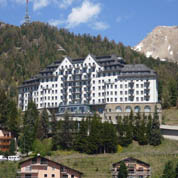 blessings from one of the great OM teachers. “Also, we are working on getting a brand name, our unique brand style, hiring of personnel, developing marketing concept for our services promotion on the market, etc.”
blessings from one of the great OM teachers. “Also, we are working on getting a brand name, our unique brand style, hiring of personnel, developing marketing concept for our services promotion on the market, etc.”
According to preliminary calculations, the realization of the project will require a loan of about $2.8mln for a estimated period 2 years and 2 months. “The estimated recoupment period in Moscow is about 26 months, provided no less than two clinics are opened, including all the costs of purchasing property of real estate in Russian capital,” Zakharova said. “We plan to rent real estate in St. Petersburg and Switzerland, while in France Tatyana and Carl Reitz will put their historical castle at our disposal for free,” she added, citing the preliminary agreements reached with her partners in the project.
According to Zakharova, if everything works smoothly according to plans, the amount of cash balance at the end of 2016 will be about $5.2mln. “This estimate is based on the idea, which takes into account the minimally possible revenue and maximal costs of expenses on the realization of the project, assuming minimization of all possible risks at the stage of investment planning,” she added. “Investment into the project can be in form of capital made available as loans with or without interest rates or as a form of reimbursement from an agreed share of profit from the project.
Oriental medicine’s target clientele
A comparative analysis of costs and results of treatment will not only show the differences between OM and conventional medicine, but also the former’s benefit and superiority over the latter. It is a well-known fact that there are lots of traditional clinics on modern medical services market, where all medical procedures — from doctor’s appointment, admission, medical tests and examinations to treatment and rehabilitation, etc. are very expensive, even in public hospitals.
However, the quality of diagnostics and treatment in such clinics leaves much to be desired and this makes lots of people turn their attention to OM, first as a trial session, and later, use the services on a regular basis. Herbal therapy and acupuncture are among the most popular methods of OM therapy today. Similarly, there are long queues of people willing to see Tibetan herbal therapy specialists, who often work in small rooms in some traditional medical clinics. Notably, there are also many children among these clients as parents seek more effective alternative methods of treatment since some conventional drugs often cause allergy and ruin children’s immune system.
“A comparative analysis of costs and results of treatment will not only show the differences between oriental and conventional medicine, but also the former’s superiority over the latter.”
The spectrum of prospective clients is very broad, ranging from pensioners to peoples earning average and higher incomes. Zakharova noted that her clinics will target clients in the average and higher-income level brackets. “The costs of therapy in our clinics will vary from 1,700 to 5,000 rubles for a session of treatment, depending on the type of procedure and duration of the session,” she added. “These figures are comparable to the prices of treating the same diseases in conventional clinics, but OM methods give quicker and much better effect.” Another services market segment will occupied by various types of relaxation techniques such as Ayurvedic massage, SPA-massage, etc. This segment is very popular among average and higher-level income clients.
The project envisages the opening of yoga groups and different types of pranayama in the Harmony oriental centers. “Our know-how is based on close interactions between oriental yoga methods and psychology, while highlighting the concept of thought materiality,” Zakharova added. “With the help of highly experienced psychologists, the OM concept is much more easily accepted by modern educated people. And by knowing the answers to the questions “what”, “why” and “what for” and by boldly asking all these and other vital questions and getting concrete answers to them, the patients’ recovery processes from illness will be more successful.”
Analysis of market trends and competition
Today, the Russian health improvement services market can be roughly divided into the following categories: clinics offering conventional treatment; clinics and centers offering non-traditional treatment and health improvement (oriental  medicine), health improvement centers (SPA-centers, health farms, oriental massage centers, relaxation therapy).
medicine), health improvement centers (SPA-centers, health farms, oriental massage centers, relaxation therapy).
Researches on this market have shown that there are no centers combining Tibetan medicine and health improvement with SPA, yoga, pranayama and psychology. Besides, a preliminary analysis of services currently offered on the Moscow market has shown that the existence of only a few OM centers in the city. “But the overall level of competition is considered to be rather low because of the small number of clinics and their limited spectrum of services. Similarly, the analysis of OM centers in Switzerland and France has shown that such clinics are more popular with low-income earners,” Zakharova said. “Most of these clinics do not look respectable, a factor that will differentiate them from Harmony clinics in Russia, Switzerland and France, where respectability will be an unconditional prerequisite.”
The total number of really serious competitive OM centers in Russia can be counted on the fingers of one hand. These licensed centers have their own corporate identities, highly skilled staff, and are sufficiently equipped with modern facilities and have their own ‘spiritual’ curators that oversee their treatment philosophy. “Yes, there are some competitors in this field, but in reality they will not be able to compete with us because they cannot offer all the services and treatment in the same volume and scope that we plan to offer on this market,” Zakharova noted.
Narine Adamova took part in proofing of this text.



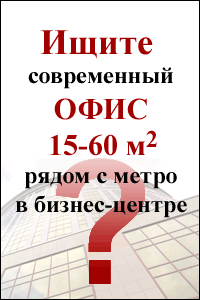



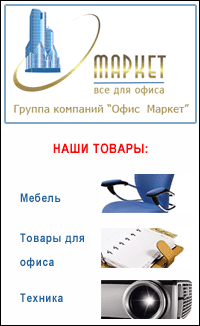
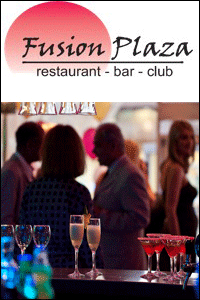
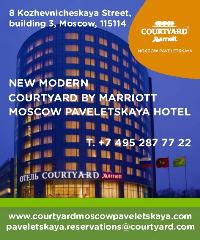

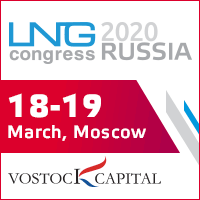
 Web design,
Web design,